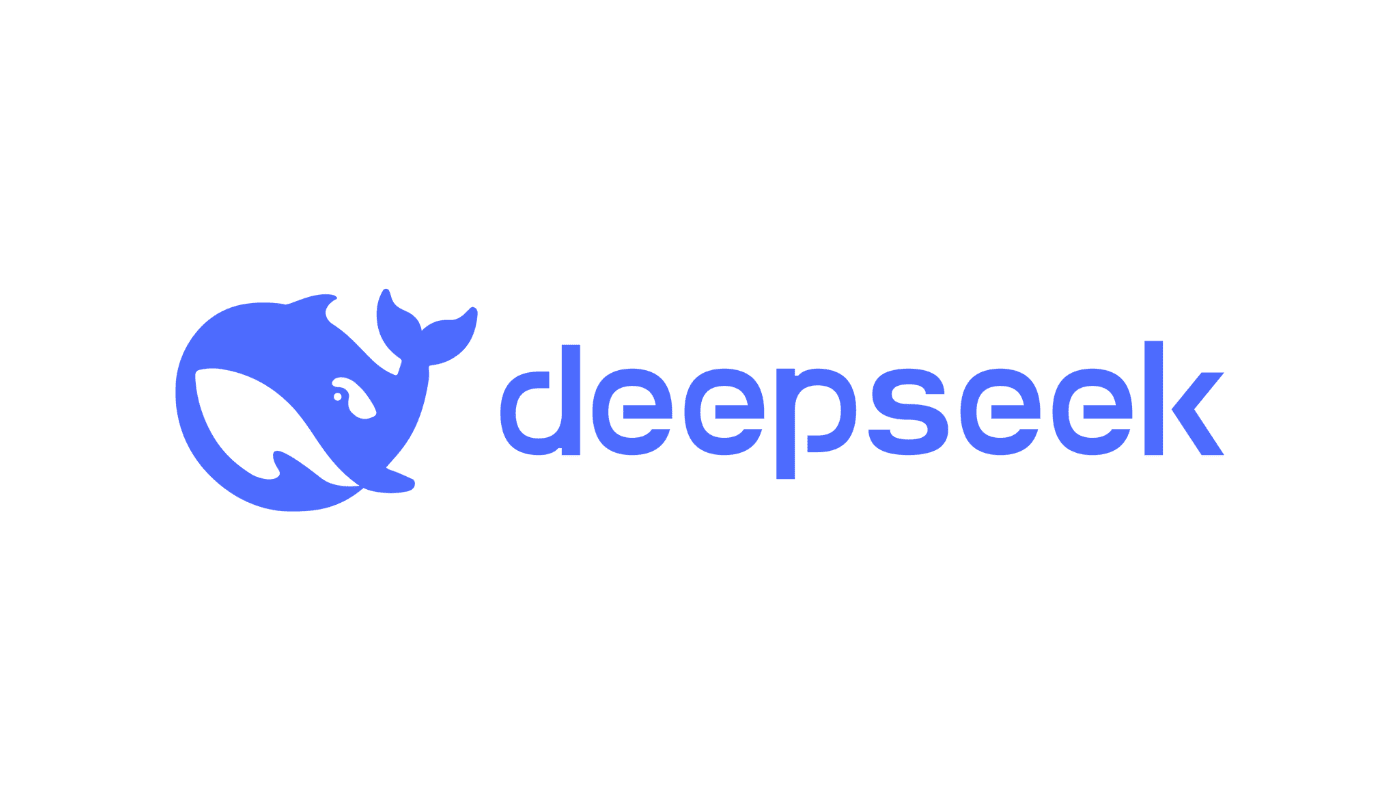Chinese AI startup DeepSeek has quietly released an enhanced version of its R1 reasoning model, named DeepSeek-R1-0528, on the Hugging Face platform. This update aims to improve performance in mathematics, programming, and general reasoning tasks, while significantly reducing AI “hallucinations,” where models produce incorrect or unfounded information.
Benchmarking on LiveCodeBench—developed by UC Berkeley, MIT, and Cornell—shows that the new R1 model ranks just below OpenAI’s o4 mini and o3 models in code generation, while outperforming xAI’s Grok 3 mini and Alibaba’s Qwen 3.
DeepSeek’s original R1 model, launched in January 2025, disrupted the market by rivalling U.S. models at significantly lower costs. The company trained its V3 model for approximately $6 million, far less than the $100 million cost for OpenAI’s GPT-4 in 2023, and using about one-tenth the computing power consumed by Meta’s comparable model, Llama 3.1.
The company has also made DeepSeek-R1 available as a fully managed, serverless large language model (LLM) in Amazon Bedrock, making it accessible to AWS customers for enterprise-scale deployment. This move expands the ways customers can utilize DeepSeek-R1 and its distilled variants in various applications.
Industry experts, including renowned investor Mary Meeker, have noted that DeepSeek’s cost-effective approach poses a significant threat to established AI firms like OpenAI. Meeker highlights that DeepSeek offers similar AI capabilities at a lower cost, potentially disrupting current AI market dynamics.
As DeepSeek continues to refine its models and expand its reach, the global AI landscape is witnessing increased competition, with Chinese firms like DeepSeek challenging the dominance of Western tech giants.






